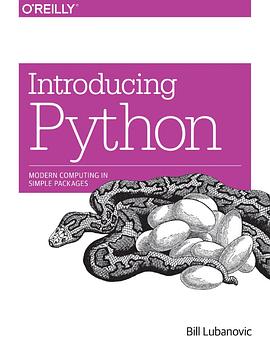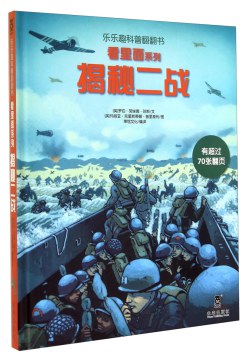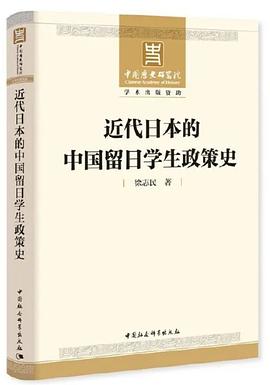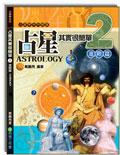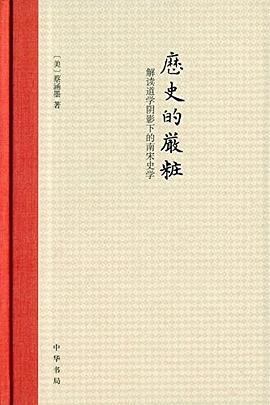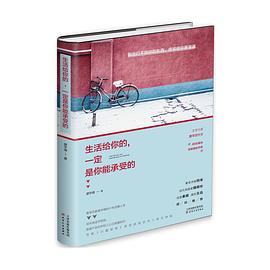Introducing Python
内容简介
This book will introduce you to the Python programming language. It’s aimed at beginning
programmers, but even if you’ve written programs before and just want to add
Python to your list of languages, Introducing Python will get you started.
It’s an unhurried introduction, taking small steps from the basics to more involved and
varied topics. I mix cookbook and tutorial styles to explain new terms and ideas, but
not too many at once. Real Python code is included early and often.
Even though this is an introduction, I include some topics that might seem advanced,
such as NoSQL databases and message-passing libraries. I chose these because they can
solve some problems better than standard solutions. You’ll download and install external
Python packages, which is good to know when the “batteries included” with Python
don’t fit your application. And it’s fun to try something new.
I also include some examples of what not to do, especially if you’ve programmed in other
languages and try to adapt those styles to Python. And I won’t pretend that Python is
perfect; I’ll show you what to avoid.
......(更多)
作者简介
Bill Lubanovic has developed software with Unix since 1977, GUIs since 1981, databases
since 1990, and the Web since 1993.
In 1982, at a startup named Intran, he developed MetaForm, one of the first commercial
GUIs (before the Mac or Windows), on one of the first graphic workstations. In the
early 1990s, while at Northwest Airlines, he wrote a graphic yield management system
that generated millions of dollars in revenue; established a presence for the company
on the Internet; and wrote its first Internet marketing test. Later, he cofounded an ISP
(Tela) in 1994, and a web development company (Mad Scheme) in 1999.
Recently, he developed core services and distributed systems with a remote team for a
Manhattan startup. Currently, he’s integrating OpenStack services for a supercomputer
company.
Bill enjoys life in Minnesota with his wonderful wife Mary, children Tom and Karin,
and cats Inga, Chester, and Lucy.
......(更多)
目录
1. A Taste of Py. . . . . . . . . . . . . . . . . . . . . . . . . . . . . . . . . . . . . . . . . . . . . . . . . . . . . . . . . . . . . . . . 1
Python in the Real World 5
Python versus Language X 6
So, Why Python? 9
When Not to Use Python 9
Python 2 versus Python 3 10
Installing Python 10
Running Python 11
Using the Interactive Interpreter 11
Use Python Files 12
What’s Next? 13
Your Moment of Zen 13
Things to Do 14
2. Py Ingredients: Numbers, Strings, and Variables. . . . . . . . . . . . . . . . . . . . . . . . . . . . . . . . 15
Variables, Names, and Objects 15
Numbers 19
Integers 19
Precedence 23
Bases 24
Type Conversions 25
How Big Is an int? 26
Floats 27
Math Functions 27
Strings 27
Create with Quotes 28
Convert Data Types by Using str() 30
Escape with \ 30
Combine with + 31
Duplicate with * 32
Extract a Character with [] 32
Slice with [ start : end : step ] 33
Get Length with len() 35
Split with split() 35
Combine with join() 36
Playing with Strings 36
Case and Alignment 37
Substitute with replace() 38
More String Things 39
Things to Do 39
3. Py Filling: Lists, Tuples, Dictionaries, and Sets. . . . . . . . . . . . . . . . . . . . . . . . . . . . . . . . . . 41
Lists and Tuples 41
Lists 42
Create with [] or list() 42
Convert Other Data Types to Lists with list() 43
Get an Item by Using [ offset ] 43
Lists of Lists 44
Change an Item by [ offset ] 45
Get a Slice to Extract Items by Offset Range 45
Add an Item to the End with append() 46
Combine Lists by Using extend() or += 46
Add an Item by Offset with insert() 46
Delete an Item by Offset with del 47
Delete an Item by Value with remove() 47
Get an Item by Offset and Delete It by Using pop() 47
Find an Item’s Offset by Value with index() 48
Test for a Value with in 48
Count Occurrences of a Value by Using count() 49
Convert to a String with join() 49
Reorder Items with sort() 49
Get Length by Using len() 50
Assign with =, Copy with copy() 50
Tuples 52
Create a Tuple by Using () 52
Tuples versus Lists 53
Dictionaries 53
Create with {} 54
Convert by Using dict() 5
......(更多)
读书文摘
Logical (and creative!) thinking is often more important than math skills.
I'll bring up examples of these sentiments throughout the book
......(更多)
